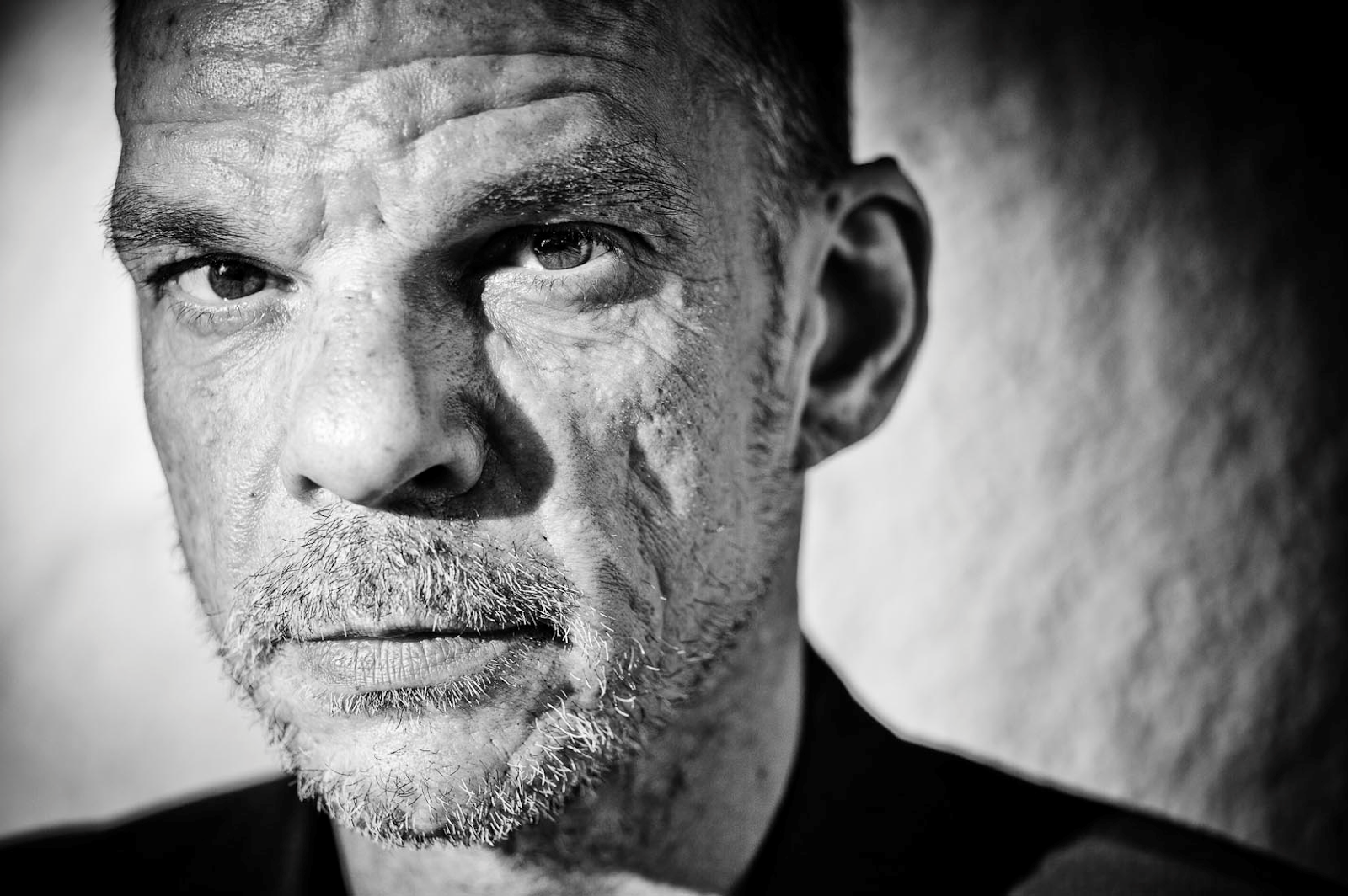- FR
- EN
Vincent Ravalec is an award winning writer, cinematographer hailing from France. He is now working on his first Virtual Reality project. Fabbula publishes his developer’s diary, the tale of a story being written.
In this second journal entry, he ponders on VR point of view, ecosytems of relationships, and VR as the possibillity of many possibilities.
The first question we asked ourselves when we decided to develop Fan Club in VR was that of the point of view. The point of view is, as everyone knows, the crux of narration. Not having a clearly defined point of view often leads to an indecisive and lacklustre film.
In our case, it was made all the more difficult since there isn’t any framing, properly speaking, in a 360º view. In the early days of VR, the subjective point of view was often settled on by many filmmakers, who saw in it an obvious way to create immersion.
I settled for another possibility, by relying, oddly enough, on a scientific article about particle physics. It detailed a way to read the world not as constructed of objects – an “atomist” vision, numerous small points – but rather as a universe in which all realities are intertwined. Where entities are less distinct than our senses are able to assume. Where the notion of “relationship” becomes predominant. It is the interaction between particles that guarantees their status. There are no longer isolated identities exchanging information, but rather the opposite, an invisible world in which the sum of emitted and received signals constitute identities.
It is at least what I understood from the article.
Yet with VR we can be “at the heart” of all interactions. We can be the sum of all informations data. We “are,” de facto, the situation.
If we extend this assumption regarding particles to beings, by thinking that a group does not exist as a group per se but rather through the strength of the relationships uniting it, then VR, with its omniscient point of view, is perfectly suited.
This is particularly true for Fan Club, of which the founding knot is a drama which impacted each member.
By placing the viewer not in a unique perspective but rather through multiple ones, embracing if needed the point of view of a character, but never permanently, I may be able to lead him into the whirlwind I foresee.
The viewer will then be a bit of everything, able to better understand the subtle game that leads to an emerging reality.
I could make him more able to feel the complexity of the stakes challenges or what is at stake, the intimate choices of the characters, and the ability of each character to negotiate with his/her emotions and consequences.
Having found such a perfectly VR status to this ever important problem when one wants to tell a story, I can use it as a starting point foundations to think about the rest of the experience, with one certainty: we are not making a film. VR is not cinema. To think of it as such is as erroneous as thinking of photography as an extension of painting. We have to look at it as a different medium in its own right.
But once this question is (more or less) answered, many others emerge, and it is urgent that we solve them.
